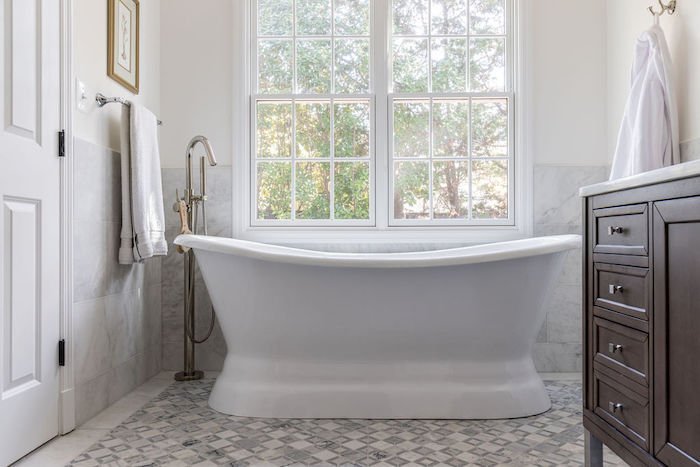The Marks-Woods Design-Build Approach
Exactly What Is Design-Build?
So, we’ve all heard of a general contractor, but when I tell you Marks-Woods is a design-build firm, you may be asking yourself, “what is that?” Simply put, design-build is the most simple, efficient way for a homeowner to tackle a build or renovation project. Instead of contracting multiple separate entities (a designer, an architect, and a builder), a homeowner contracts and communicates with just one company.
What Is The Design-Build Process?
The design-build process is all about handling a project in the most orderly, productive manner possible. First, a consultation with the design-build firm takes place in which the client and firm discuss the scope and details of the desired project. The designers and builders then work together to create a plan that fits the specific needs of the client. From there, a proposal is written, negotiated, and executed. Next, materials are selected and permits are applied for in a pre-construction period. Then, a project start date is agreed upon, and the arrangements are made for the building process. The project is then executed, all while heavily employing an open line of communication between the client and the design-build firm. After the project is completed and all items have been completed to the total satisfaction of the client, close-out documents are presented. The design-build model puts the client’s needs first and makes a stunning end result possible.
What Are The Benefits Of Design-Build?
1. Design-Build Saves Money. Because the design-build model is based on the total integration and blending of the design and building processes, costs are cut most of the time. The streamlined approach of a design-build project ensures that costs are considered on both the design and build sides of the equation. When handled separately, costs increase because of overlap and inefficient planning.
2. Design-Build Saves Time. When the design and build portions of a project are contracted by two separate parties, timing easily becomes an issue. When the designer and builder work together in scheduling and building a timeline, the project is completed in the most timely and efficient manner.
3. Design-Build Is The Best Model For Clear Communication. The design-build model is optimal for communication, not only between the designer and builder, but also between the client and the design-build company. The process of planning and executing the project is based on clear communication between the design-build firm and the client, so that the best results are guaranteed without the headache of the client managing communication issues between separate design and construction companies.
4. Design-Build Offers Singular Responsibility. A design-build firm takes on full responsibility for a project, eliminating the possibility of two different design and construction companies blaming one another for undesirable outcomes on any given project. This takes the stress off of the client and offers an extra layer of security.
5. Design-Build Produces The Most Favorable Results. The bottom line is this: the streamlined nature of the design-build process ultimately offers a homeowner the best outcome for a renovation or home-build project. A less stressful, reduced cost, and headache-free project is the result when you choose the design-build approach.
To read about the Marks-Woods design-build approach, click here.




